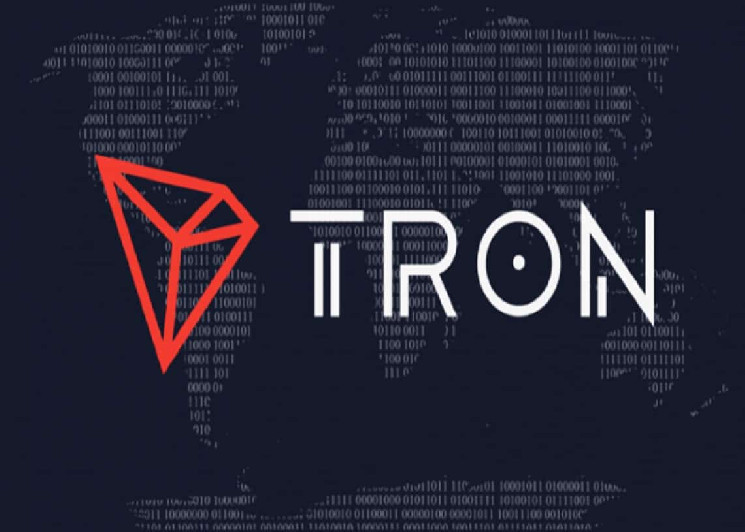The potential approval of several spot bitcoin exchange-traded funds (ETFs) by the US Securities and Exchange Commission is expected to trigger a competitive race among over a dozen companies vying to launch these products. In response, the issuers of these planned spot bitcoin funds are already differentiating themselves from their competitors.
Some firms, such as Bitwise and Hashdex, are leveraging their status as crypto-focused specialists, implementing targeted marketing campaigns to highlight their expertise in the digital currency space. Others, like Fidelity, are setting their fees at competitive rates, signaling a potential shift in the cost-conscious investor market.
However, when weighing their options, investors must consider more than just price and marketing. Paramount factors to consider will be liquidity, capital markets, and trading infrastructure which will impact the traders’ performance. It will also be critical for fund issuers to have solid market makers and enough institutional traders to sustain trading volumes.
Amidst this transformative landscape, Grayscale Bitcoin Trust (GBTC) is set to convert into an ETF, although the direction of its asset race remains unpredictable. Post the initial trading phase, market professionals anticipate significant attention from retail investors as a survey by Nasdaq found that 72% of financial advisers would consider investing their client assets in the crypto segment if a US spot bitcoin ETF were available. This indicates a potential surge in investment into the crypto market driven by the advent of the proposed spot bitcoin ETFs.
In the long term, professional investment managers are likely to include spot bitcoin ETFs in their model portfolios. The impact of these products will extend to third-party model providers, who may look to align with the default choice based on assets, fee, and trading. Meanwhile, firms with captive models will have a unique opportunity to integrate these products into their investments.









